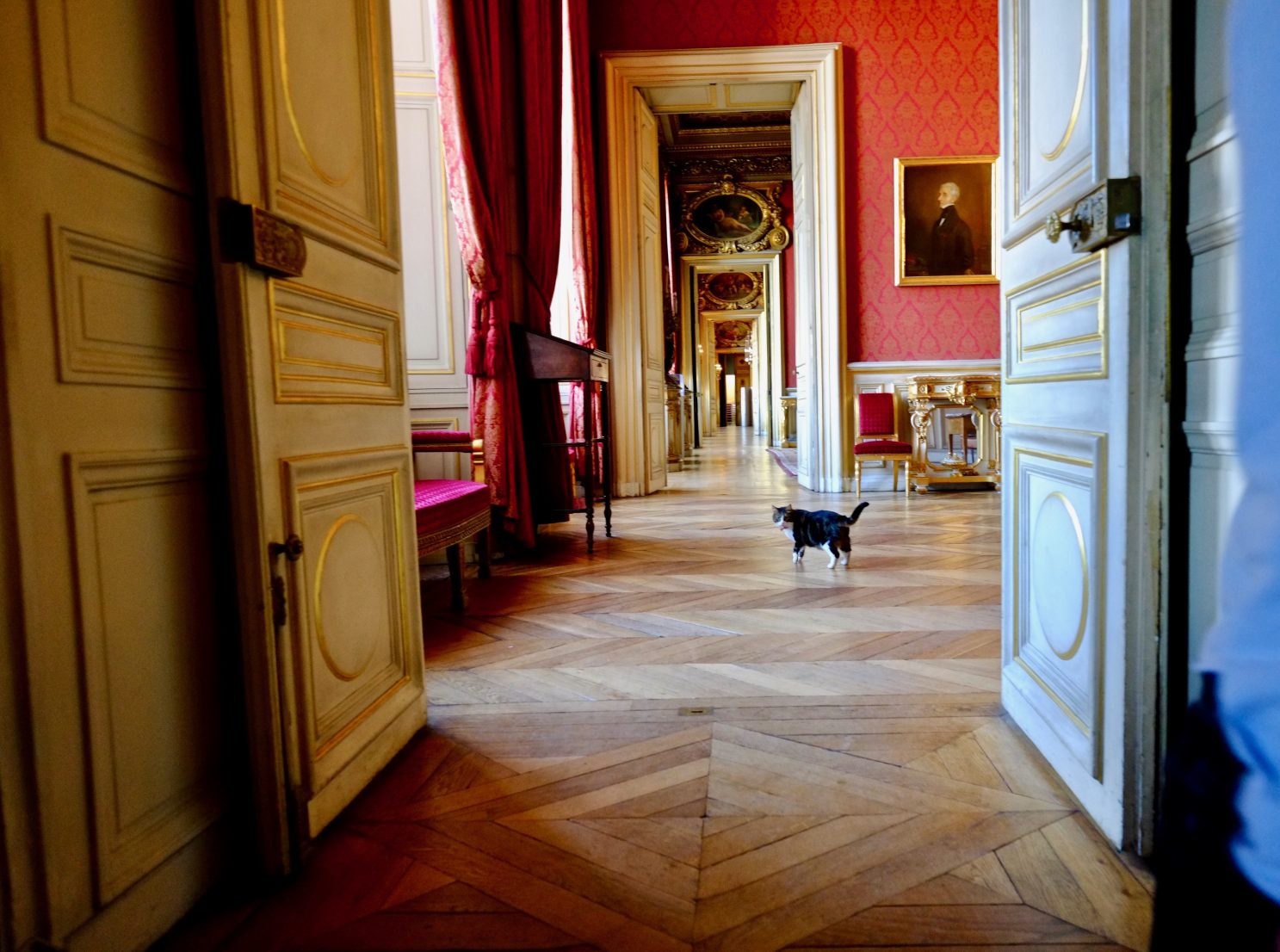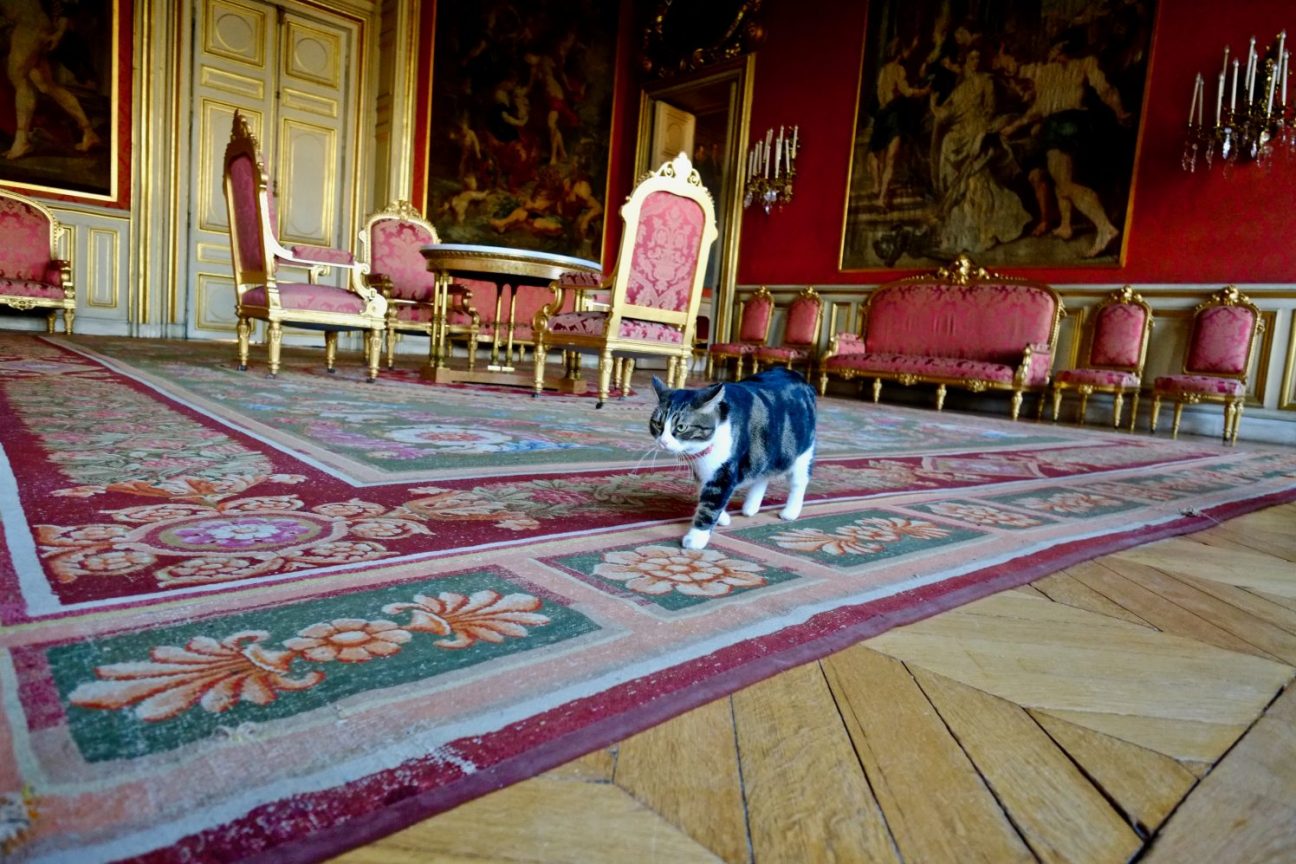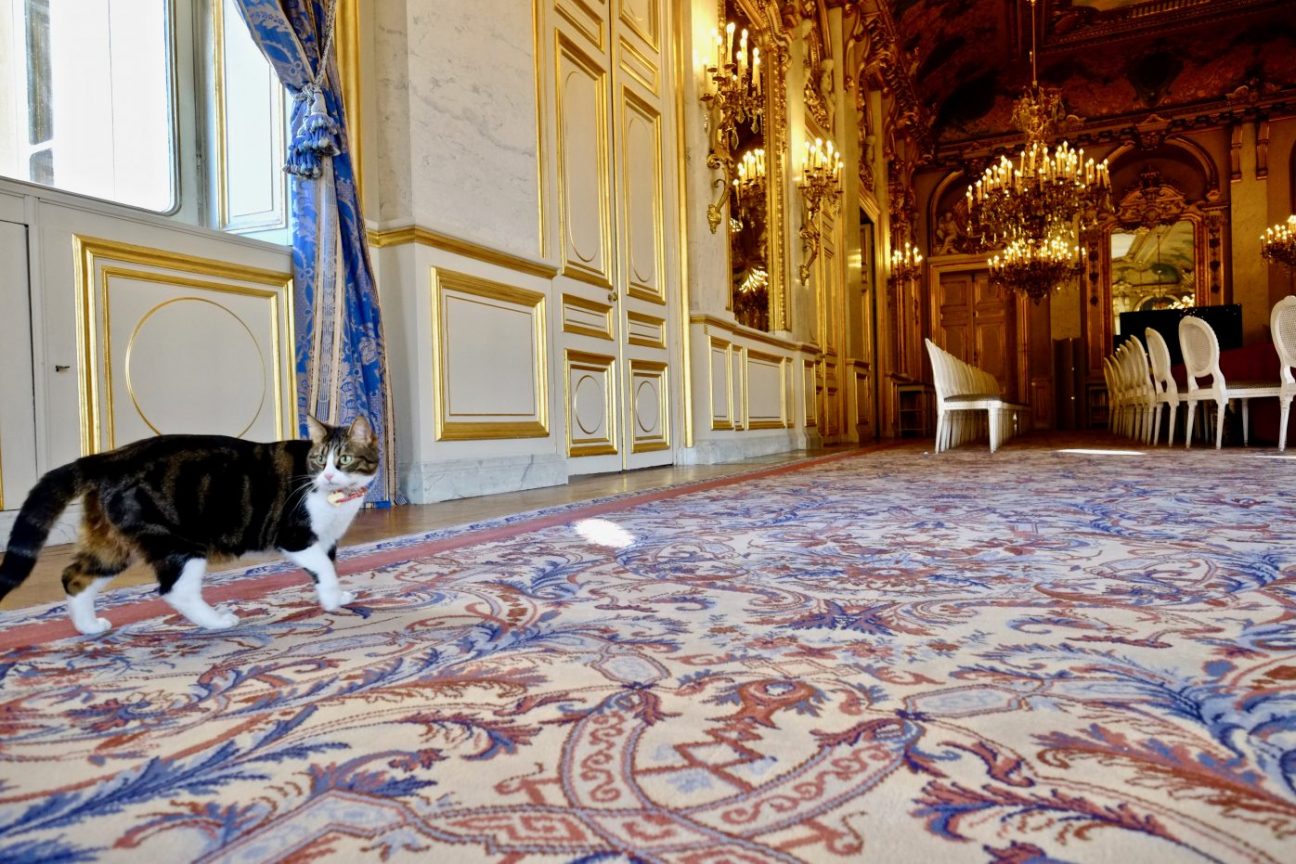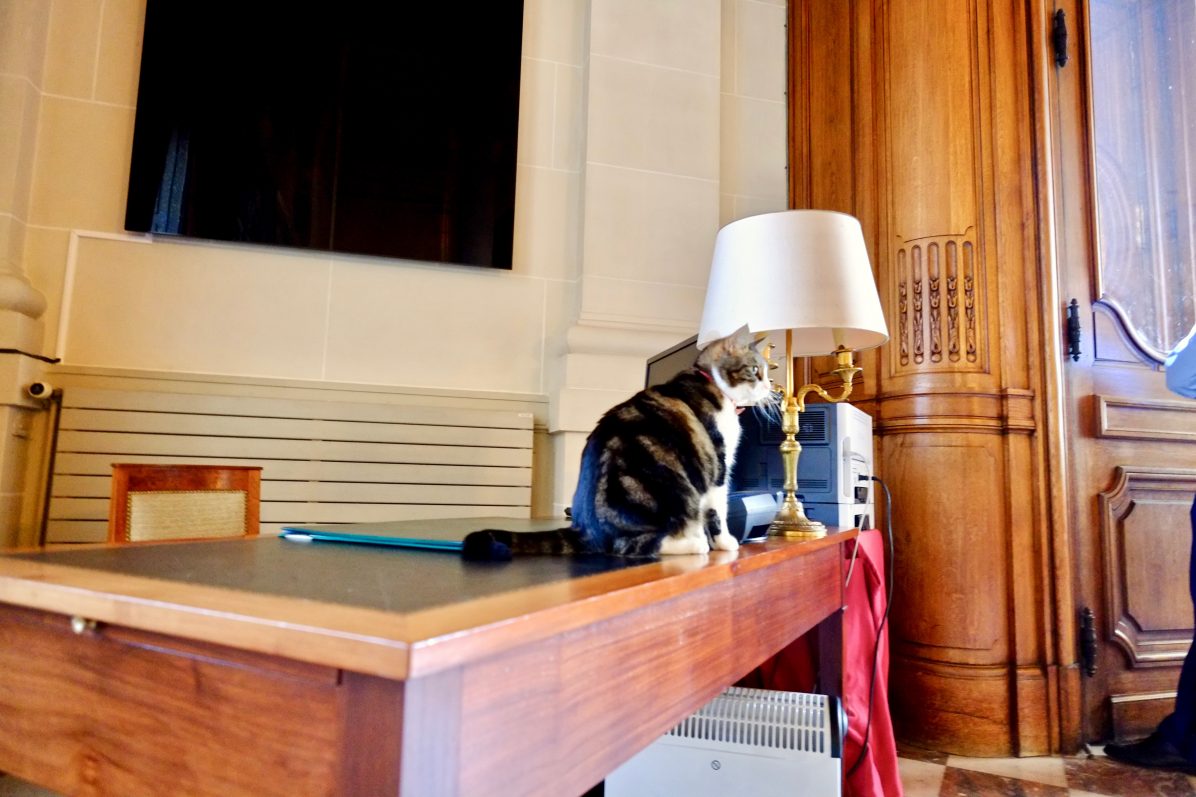
The Quai d’Orsay is the name given to the French Ministry of Foreign Affairs. It is one of the most prestigious ministries where geopolitical upheavals around the world are analysed and followed closely. To carry out this task, we have been able to approach on several occasions people who have worked closely or remotely in the Department.
Behind the scenes at the Quai d’Orsay, a palace unlike any other

This magnificent building located in the 7th arrondissement of Paris is named after the street in which it is located. The Quai d’Orsay occupies a vast space bordered by the banks of the Seine and on its left-wing is the esplanade des Invalides. Although the Ministry of Foreign Affairs shares the management of Foreign Affairs with the Presidency of the Republic, its role remains no less strategic. Nevertheless, the Quai d’Orsay can find itself managing local issues that are at the opposite end of its usual concerns. Indeed, the Palace was invaded by rats and mice, the war was declared, and the Ministry was under siege. A look back at an unusual episode where everything almost turned upside down.
The Palace cats, a lesson in applied geopolitics

Such a large building in the heart of Paris can be a bit of a hassle. Indeed, the vast spaces of this old building have become over time an ideal vacation spot for mice. At the end of 2017, when the alarm was sounded, the fight against these rodents seemed lost in advance. The use of mouse control societies proved to be futile. Even if the results were excellent in the short term, they were never definitive. In time, the mice eventually returned to their habits and their favourite places of residence.
So instead of continuing the war against the mice, the Ministry of Foreign Affairs decided to cease hostilities. And this without abandoning its political line. Although it seemed counter-intuitive, it was the right decision.
Indeed it became urgent to stop the hostilities and the expenses in a fight lost in advance. It was necessary to end the conflict and the debauchery of means dedicated to this fight while sending a secure political sign to the opposing party. The third-largest diplomatic network in the world could not allow itself to be overwhelmed by an army of mice. It was, therefore, becoming urgent to get rid of this thorny problem by using a cheap but no less effective stratagem.
An Invisible Enemy

Quai d’Orsay’s Orient executives and other political analysts are well versed in all issues related to guerrilla warfare, low-intensity conflicts or terrorist actions. When one of the two parties involved in a dispute is not able to fight on equal terms, it hides, hides and carries out continuous harassment. The enemy is elusive, and it becomes impossible to neutralise him. This is the only possible course of action when a small, determined group wishes to attack a state.
But the members of the Department could not bring themselves to commit funds for so little result and, above all, to continue to suffer nuisance. Declaring all-out war on mice was an uncertain undertaking—a conflict where there was everything to lose and not much to gain.
A change of doctrine in two stages
It was then, after trying practically everything that the Department’s doctrine fundamentally changed. In geopolitics, there is indeed an old principle that “the enemy of my enemy is my friend”. In this case, the enemy of mice has been the cat since the dawn of time. It was, therefore, necessary to resort to the precious help of an ally who was reluctant to obey orders but whose mere presence would allow a significant advance towards the resolution of the conflict. This is how two cats were adopted, who were baptised, Nomi and Noah.
Their names owe nothing to chance, for Nominoé was the first king of Brittany. A nod to the Breton origins of a Foreign Minister still in office and well known to the French. A way also to signify to the two cats a semblance of hierarchy.
“If you want peace, prepare for war.”

The presence of the “souricious” cats did not trigger a massacre among the mice. For the political line chosen remained deterrence rather than elimination. The role of Nomi and Noah’s cats was above all to ensure a sufficiently robust deterrent so that their presence alone could repel the enemy outside the walls of the Palace. At the same time, using force in case of apparent provocation.
This change in doctrine was an unquestionable diplomatic victory. An approach that may serve as an example for other ministries in the future. We are thinking, for instance, of the departments on Place Beauvau or a state secretariat on Rue de Grenelle. These are indeed two ministries whose masters of the premises have echoed notable difficulties with mice. Ministries whose skills are undeniable, but which by nature are much less familiar with the techniques of diplomacy. Diplomacy, which is, let us remember, a way of doing things that makes it possible to fight a battle without going to war.
Mice at the Quai d’Orsay, a fair return?

A little historical reminder: in 2017, the Quai d’Orsay declares itself invaded by mice, but all this could only be a vast history of Karma.
More than a decade ago now, some of the managers of the house had made a habit of giving one of the former masters of the premises a nickname that was none other than “Mickey d’Orsay” referring to Mickey Mouse. All this because the minister at the time had confused Taiwan with Thailand. The play on words was subtle and cruel. This joke was therefore forever carving in stone, at best a slip of the tongue, at worst a geographical gap.
A bit of humour can’t hurt, you might say. But was it such a good idea to name the head of the diplomacy after the Mouse King? The years went by, and the name was forgotten until “Mickey d’Orsay” came along and the mice invaded the ship.
The followers of the theory of Karma or irony of fate will, therefore, see in it only a fair return of things.
photos credits: Yann Ve